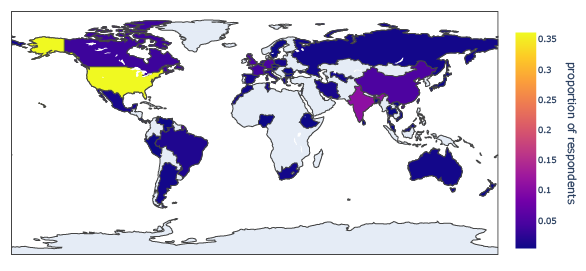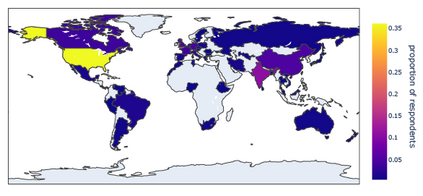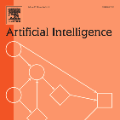
We present Queer in AI as a case study for community-led participatory design in AI. We examine how participatory design and intersectional tenets started and shaped this community's programs over the years. We discuss different challenges that emerged in the process, look at ways this organization has fallen short of operationalizing participatory and intersectional principles, and then assess the organization's impact. Queer in AI provides important lessons and insights for practitioners and theorists of participatory methods broadly through its rejection of hierarchy in favor of decentralization, success at building aid and programs by and for the queer community, and effort to change actors and institutions outside of the queer community. Finally, we theorize how communities like Queer in AI contribute to the participatory design in AI more broadly by fostering cultures of participation in AI, welcoming and empowering marginalized participants, critiquing poor or exploitative participatory practices, and bringing participation to institutions outside of individual research projects. Queer in AI's work serves as a case study of grassroots activism and participatory methods within AI, demonstrating the potential of community-led participatory methods and intersectional praxis, while also providing challenges, case studies, and nuanced insights to researchers developing and using participatory methods.
翻译:我们将 Queer in AI 作为社区参与式 AI 设计的案例研究。我们审视了参与式设计和交错原则如何在多年的时间里开始并形成了这个社区的项目。我们讨论了该过程中出现的各种挑战,看看了这个组织如何没有贯彻参与性和交错原则,然后评估了该组织的影响力。Queer in AI 通过其摈弃等级制度而支持分权,通过为酷儿社群构建援助和项目并且为其构建,以及通过努力改变酷儿社群之外的行动者和机构等方式,提供了重要的课程和见解。最后,我们理论化了酷儿社区这样的社区如何通过在 AI 中鼓励参与文化,欢迎和赋权边缘化的参与者,批判低劣或剥削性的参与性实践,并将参与性带给个别研究项目之外的机构,从而为 AI 中的参与式设计做出贡献。Queer in AI 的工作作为 AI 内基础活动和参与式方法的案例研究,展示了社区参与式方法和交错实践的潜力,同时为开发和使用参与式方法的研究人员提供了挑战、案例和微妙的见解。




